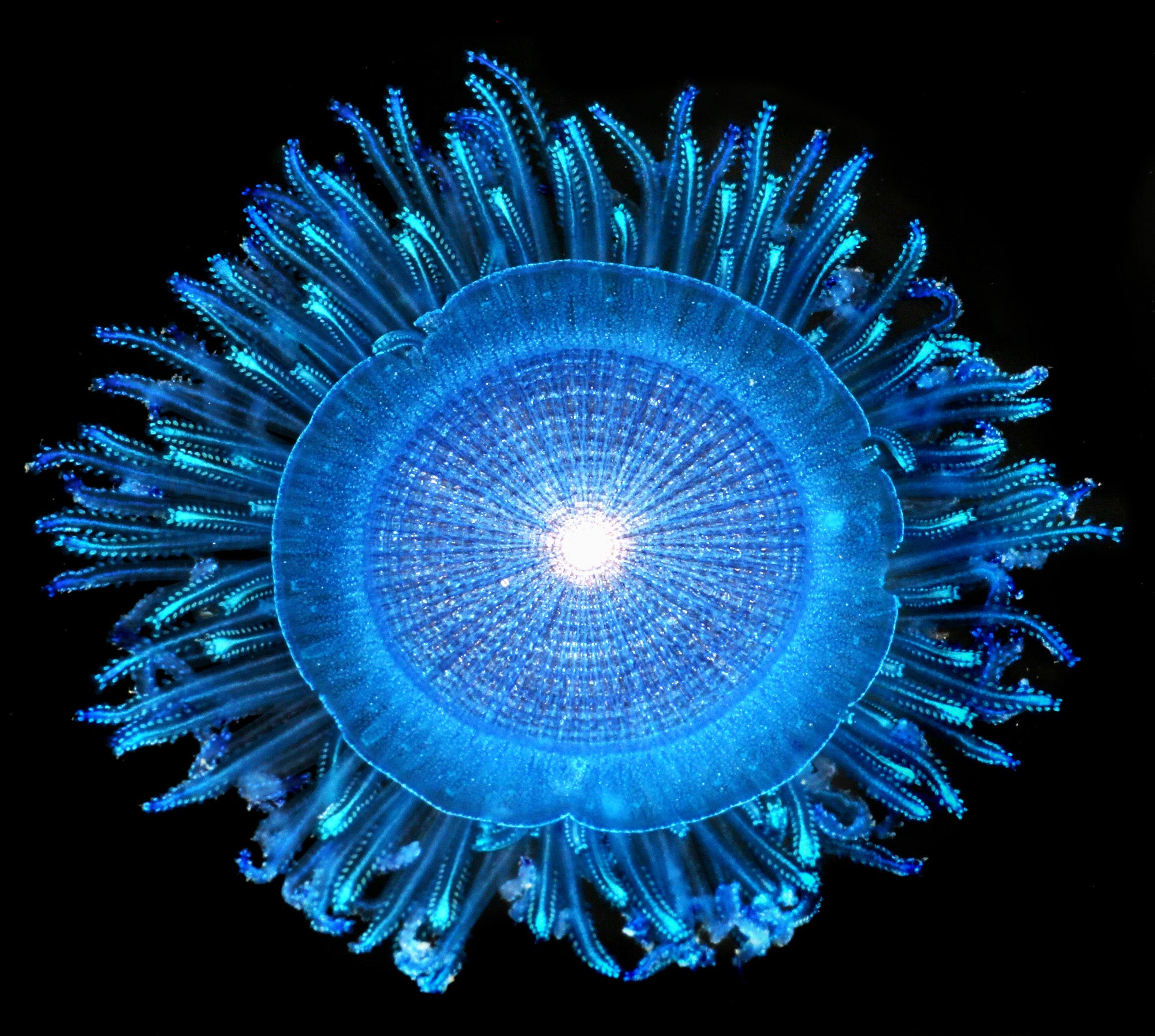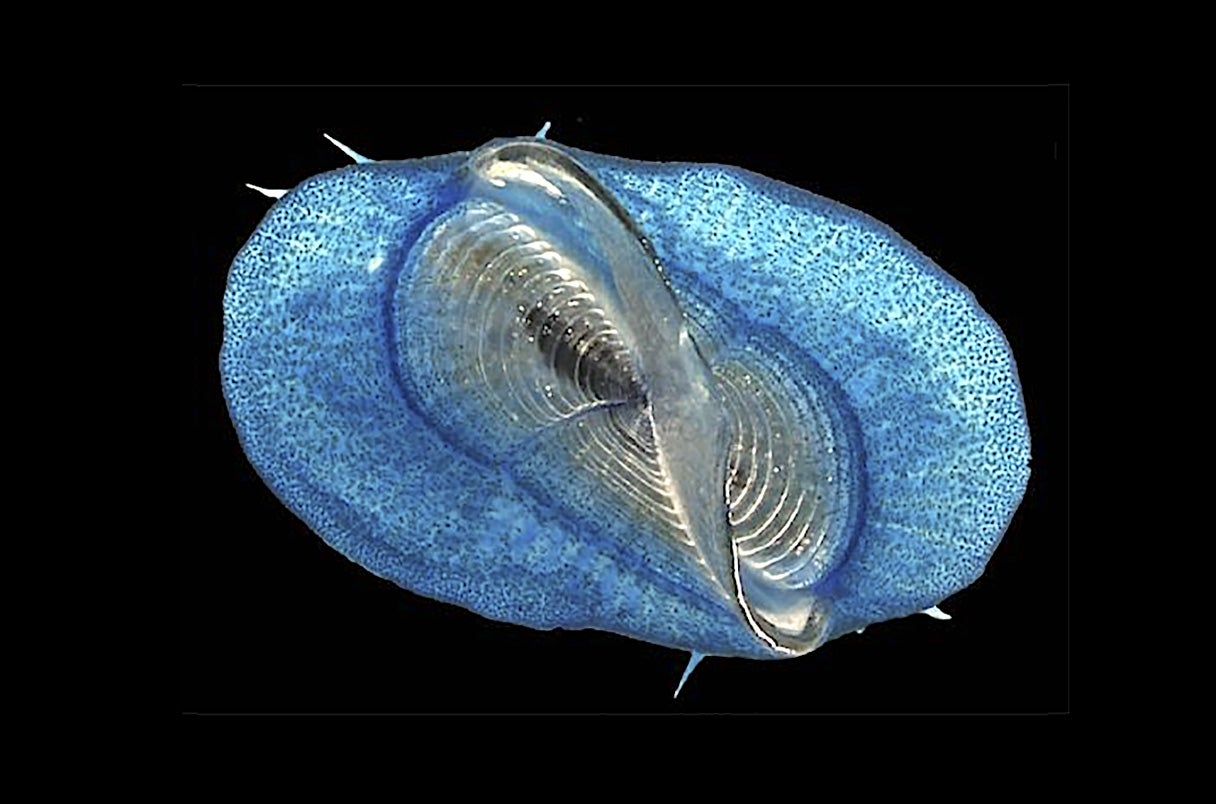Helm Lab
The Helm Lab investigates the ecology, evolution, and life history of life in the open ocean—an area beyond any one nation’s jurisdiction, which is larger than the surface of Mars—and examines the policies and actions necessary to conserve and protect this ‘other half of Earth’. We conduct this work with an interdisciplinary approach, from DNA sequencing to United Nations meetings. This work is a global challenge, requiring a global approach. We collaborate with community scientists around the world to achieve our goals.
What we study
Marine Biology / Ocean Ecology
Neustonic ecosystems, species distributions, natural history
Evolutionary & Developmental Biology
Metamorphosis, life-history transitions, gene regulation
Molecular Genetics & Genomics
Genes and proteins controlling developmental transitions, transcriptomics
Impact areas
Our team
Assistant Professor
Assistant Professor, Earth Commons
Postdoctoral Associate
Senior Research Fellow
Megan Maloney
Research Fellow
Projects & Partnerships
GO-SEA Science
Founder and director of the Global Ocean’s Surface Ecosystem Alliance, a community science program to document the abundance and occurrence of neustonic species.
The Living Sailor
Team Leader alongside Smith Fellow Tom Iwanicki of the Living sailor, a project using community-sourced images to investigate By-the-wind sailors navigate the world’s oceans and what that reveals about their global distribution
End of carousel collection.
Follow an ECo Fellow—and thousands of citizen scientists—on a quest to understand a mysterious jelly species
What do your phone’s camera, a Soviet biologist’s hypothesis, and this curious jelly have in common? Follow sensory ecologist Dr. Tom Iwanicki to find out. Using thousands of community-sourced photographic observations from iNaturalist and Zooniverse, Tom—a Smith Fellow and former ECo Fellow working in Professor Helm’s lab—has been investigating how left- and right-handed By-the-wind sailors navigate the world’s oceans and what that reveals about their global distribution.
Read the paper
















